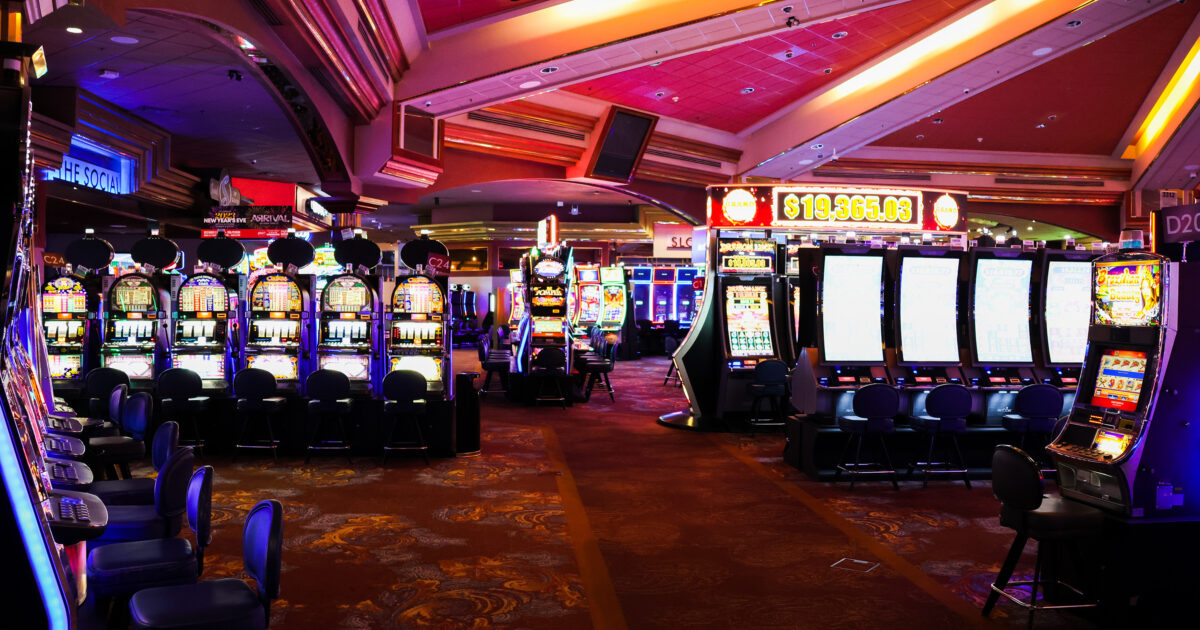As for slot games, players frequently get drawn in by the flashing lights, intriguing themes, and the adrenaline of turning the reels. But beyond the sparkle and fascination lies an important concept that all players must grasp: Return to Player percentage, or RTP. This vital metric is essential in deciding the return of your wagered money over time, shaping your experience and strategy as you play.
RTP is usually expressed as a percentage and reflects the average amount of money returned to players compared to the total amount wagered. For instance, if a slot game has an RTP of 95 percent, it means that, on the average, players can expect to get back 95 dollars for each $100 wagered. Understanding this concept can help players make informed decisions when choosing which slots to play, ultimately improving their overall casino experience.
What the definition of RTP?
The Return to Player concept, often called RTP, represents a significant factor within gambling slots. It indicates the fraction of total wagered amounts which a particular slot machine is designed to pay back to players in the long run. For example, if a slot has an RTP of 95, this means that, theoretically, players can expect to reclaim 95 dollars for every 100 dollars bet during extended play. Knowing RTP assists players evaluate the likely returns of the various slots available.
RTP does not serve as a guarantee of personal wins but instead a average computed across many spins. Individual players’ experience can vary significantly as a result of the chance inherent in slot machines. A better RTP implies superior odds for the player, making it an essential factor to think about while choosing the slots to choose. Nonetheless, despite having high RTP, there can be stretches in which players face losses, since randomness plays a significant role.

It is important to note that various slots have varying RTP percentages. Some machines may have a lower RTP as a result of a considerable entertainment or unique features, while others maintain a higher percentage to attract more cautious players. Understanding RTP empowers players to form wise choices about their gambling strategies and manage their money wisely while experiencing the excitement of casino slots games. https://kuwin.fail/
How Return to Player is Being Calculated
The Return to Player, or RTP, represents a vital indicator within the realm of gambling slots games. This indicates the ratio from all wagered funds which a gaming device can be expected to return to gamblers over time. Understanding the method by which this measurement is derived requires insight of both the game’s design and its payout structure. The RTP is determined through complex algorithms and statistical analyses executed in the course of the game creation process. Slot creators take into account various factors, which include the rate of successful combinations as well as the magnitude for payouts for every outcome.
To compute this metric, developers model a large number in terms of spins of the slot machine. Such simulations help determine the average amount that on average, a gambler is likely to earn based on their wagers. For instance, when a slot game boasts an average return of 95%, it suggests that, theoretically, for every $100 dollars wagered, gamblers should anticipate get ninety-five bucks back over time. This figure doesn’t represent how much a player will win in a single session or during a couple of plays; instead, it shows long-term payout expectations.
RTP values tend to be generally disclosed from the gaming house or slot creator. Gamblers should always look for this data while selecting a slot game, because it has the potential to affect their gaming experience. A greater return value usually indicates a better chance of winning back a segment of wagered money, although individual plays may differ greatly. Understanding RTP can help players make informed decisions and improve their overall enjoyment in the world of slot games.
Value of Return to Player in Casino Games
Comprehending the RTP or Return to Player is crucial for any player involved in slot machines. Return to Player is the proportion of wagered money that a slot machine is engineered to pay back to gamers over time. A greater RTP means that players can look forward to receiving a bigger share of their wagers back, making it an important factor for those looking to enhance their gambling enjoyment. Understanding this figure helps players make informed decisions about which games to play, as it can greatly affect their chances of winning.
Moreover, Return to Player plays a key role in the overall equity and transparency of casino slots. Players are often drawn to slots with greater RTP percentages because they provide a better opportunity of success over the long term. Gaming establishments and software creators use RTP as a marketing tool to draw in gamers, guaranteeing they maintain a competitive edge in the thriving gambling industry. By being aware of Return to Player, players can select games that align with their risk tolerance and gaming goals.
Ultimately, the concept of RTP promotes safe gaming practices. Recognizing that not all slots will provide immediate returns and that Return to Player is determined by extended play, gamers can manage their anticipations and playing habits effectively. This knowledge enhances the enjoyment of slot games while fostering a more balanced gambling landscape. Players who grasp the importance of Return to Player are more prone to have a better time and reduce the chances of problematic gambling behavior. kuwin com
